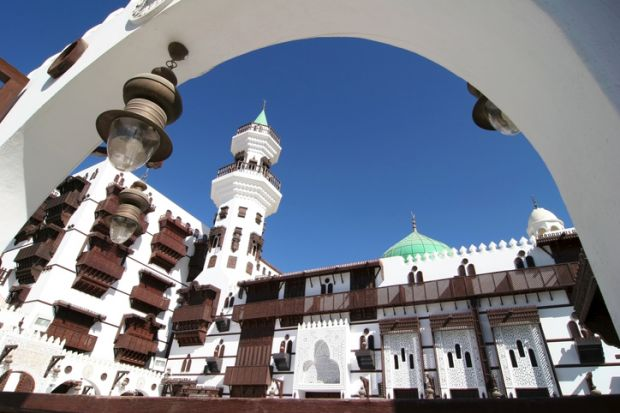
UK saves £163 m due to reducing energy consumption last year
The UK saved over £163 million last year due to reduced overall energy consumption across ...

About 171 Arab universities are expected to be ranked by The Times Arab Universities Rankings in 2022 against 125 universities in The Times AUR 2021.
Following the successful inaugural release of the Arab University Rankings (AUR) in 2021, The Times is releasing its AUR 2022 in late November this year. The methodology includes a reputation survey that will be conducted in June 2022.
The Times has received a very positive response to the Arab University Rankings from across the Arab region. This is in part evidenced by an estimated 52 per cent increase in participation compared with last year.
To enhance its understanding of reputation, it conducted an Arab region-specific survey last year, which yielded more than 12,000 votes; this provided The Times with a far more accurate picture of university reputation across the Arab region than its global survey.
Within The World University Rankings, Arab universities are improving their underlying scores across a range of metrics compared with the rest of the world, particularly in the areas of citation impact and reputation. However, this improvement is not always visible when exploring the World University Rankings because of the growth of the ranking.
The Times believes that it is important that Arab universities are able to understand their performance and strengths in an objective way within the structure of universities across the Arab region using measurements based solely on those universities.
Although the World and Impact rankings are a great source of insight into the progress of universities across the Middle East, several factors make the region worthy of further exploration. As well as the unique cultural heritage, there are also many more universities in the process of growing their research capabilities and their visibility within the world of higher education. These institutions are reflecting the desires of their governments and citizens as their nations develop – so it is important to reflect this in the data explored.
For this ranking, The Times has switched from the traditional calculation of Field Weighted Citation Impact, which looks at the average FWCI of publications associated with a university, to one that uses the 75th percentile. The Times believes that this gives a more stable measure over time and prevents the distorting effect of a few papers with very high numbers of citations.
The participation criteria for this ranking are less strict than those for the World University Rankings. Universities must publish at least 500 publications over a five-year period to be included in the Arab ranking (down from 1,000 for the World University Rankings). This reflects the growing nature of higher education in the region.
The Times has also permitted postgraduate-only institutions to participate in the Arab ranking.
There are also three Arab-specific metrics, although these all have relatively low weightings. Because of the strong focus on sustainability in the region The Times has included two measures based on participation and performance in the THE Impact Rankings. It has also looked separately at research collaboration among universities in the Arab world.
The UK saved over £163 million last year due to reduced overall energy consumption across ...
Apple marks the 2024 Earth Day with offering opportunities for users to educate themselves on ...
LG has decided to mark the 2024 Earth Day with a 3D anamorphic digital out-of-home ...


اترك تعليقا